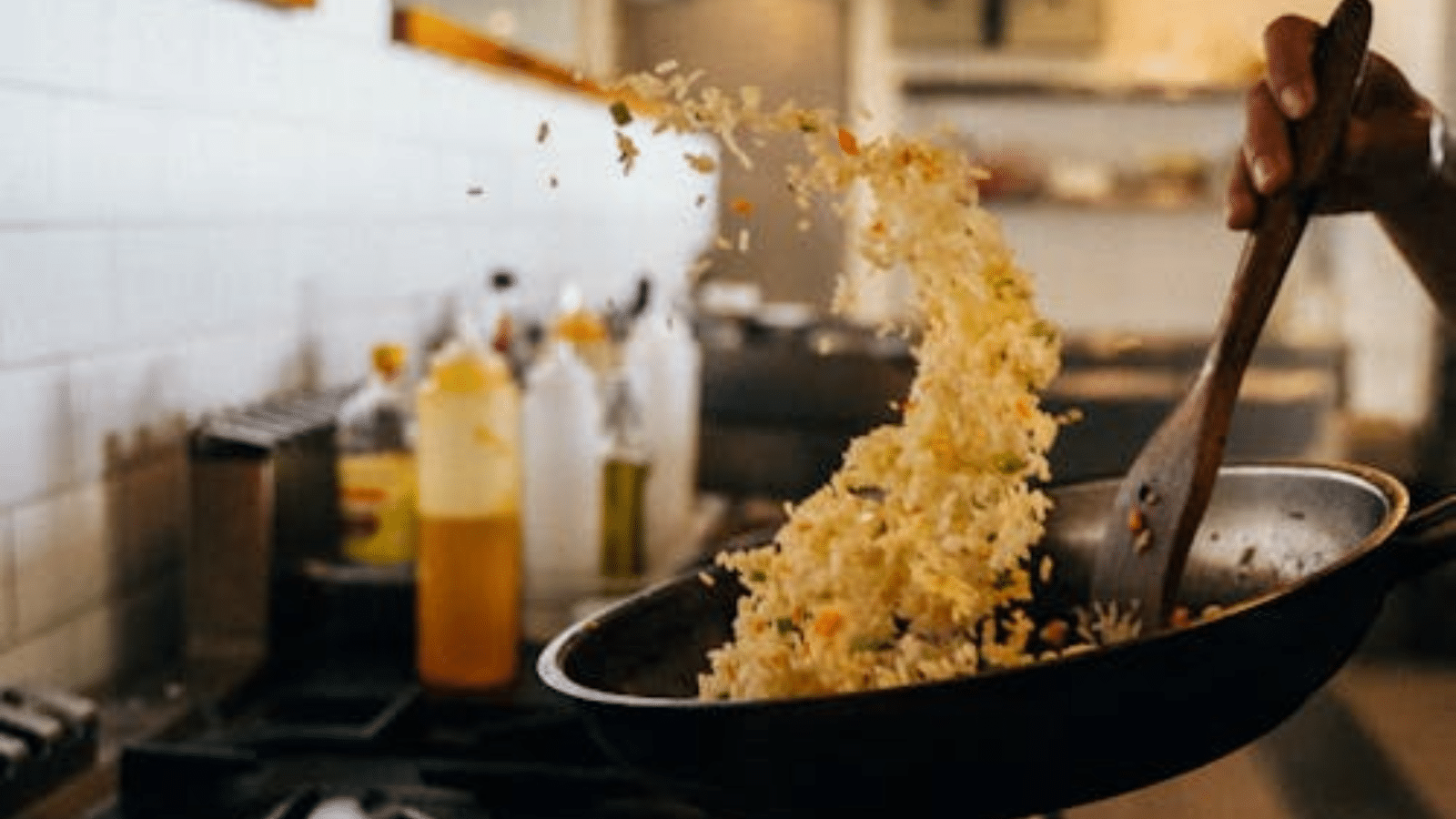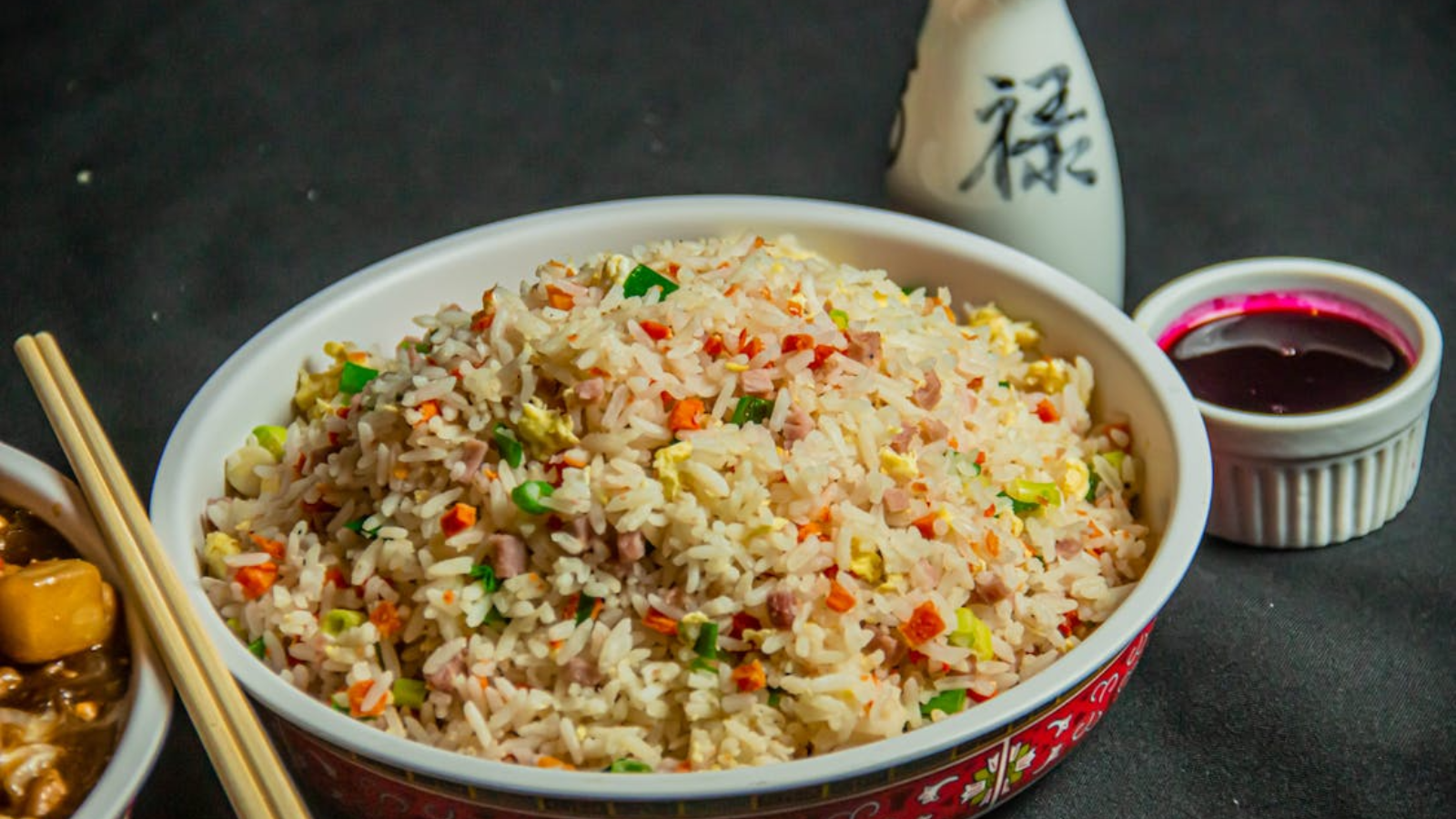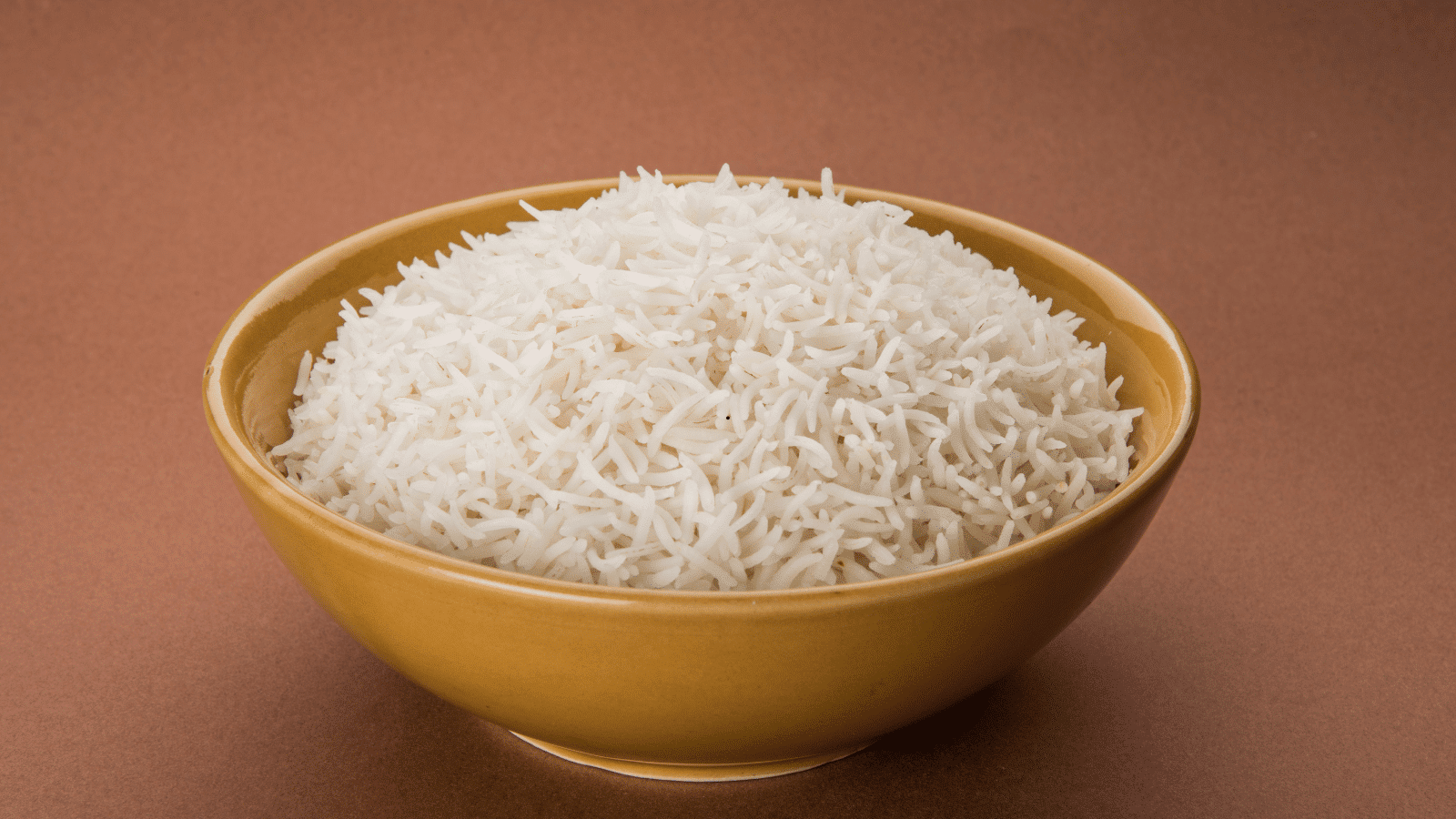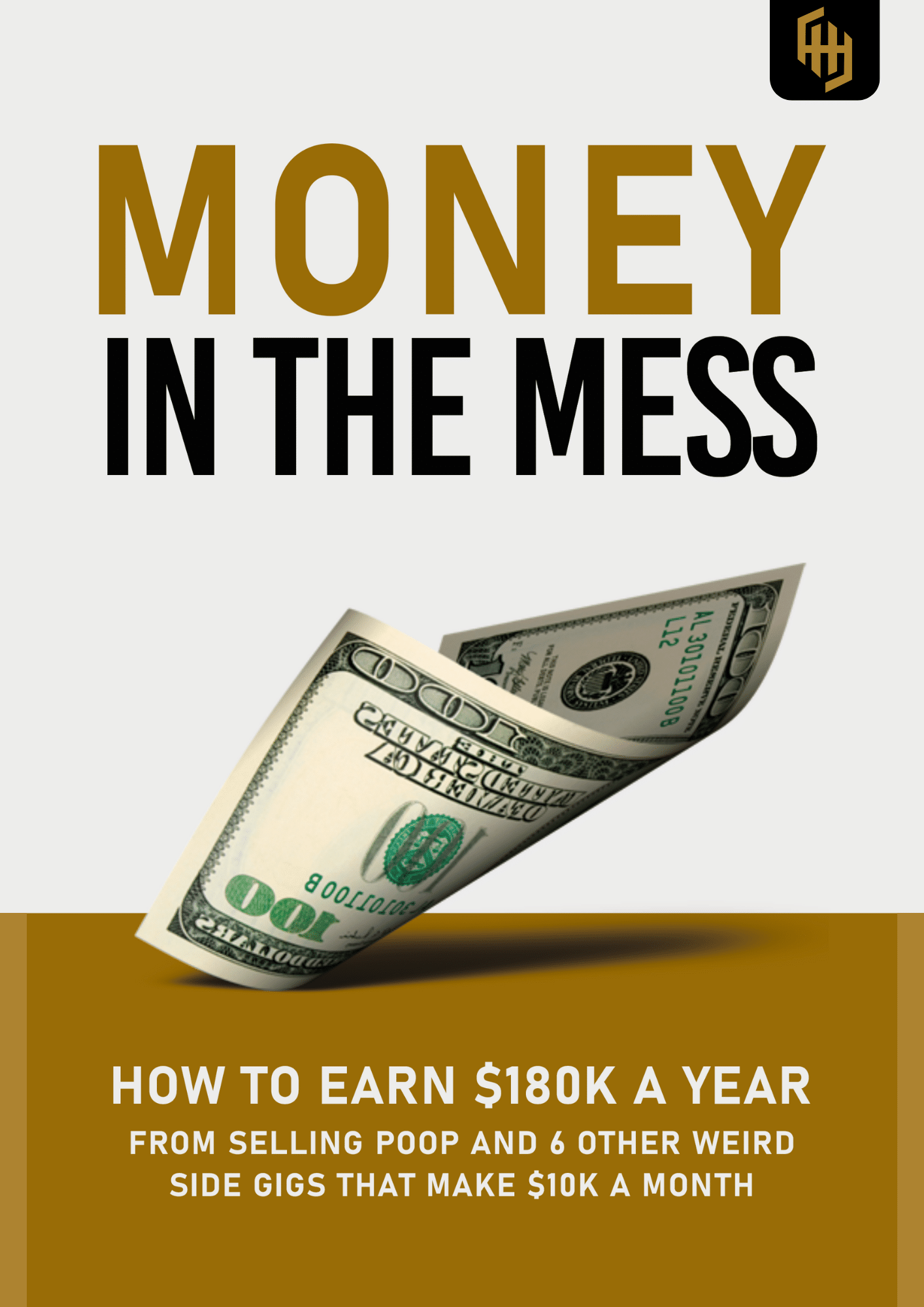How To Avoid Food Poisoning From Rice
Rice seems harmless enough—soft, simple, comforting. But under the wrong conditions, it can also turn against you. I learned that one evening after leaving a pot of rice on the stove for hours. By morning, it looked perfectly fine. By afternoon, I was doubled over with food poisoning.
The problem isn’t rice itself; it’s what happens after cooking. A stubborn bacterium called Bacillus cereus thrives when rice is left to cool slowly or sits out too long. Those invisible spores are the reason health experts have started calling this “fried rice syndrome.”
Why Rice Can Turn Dangerous

Bacillus cereus is a survivor. Its spores can withstand boiling and microwaving. When cooked rice cools to somewhere between 40°F and 140°F—the temperature range food scientists call the danger zone—the spores come alive and start multiplying fast.
In the United States, the CDC estimates that this single bacterium causes around sixty-three thousand food poisoning cases each year. Most people chalk it up to “bad takeout,” never realizing the real cause was the rice cooling quietly on their kitchen counter.
Between 2010 and 2020, China documented over four hundred Bacillus cereus outbreaks, nearly eight thousand cases in total. More than a third were tied to rice served in schools and corporate canteens. Home kitchens saw the highest fatality rates, mostly because families stored leftovers too long or reheated them repeatedly.
Why Reheating Isn’t Enough

Many people assume that heat fixes everything. Unfortunately, once Bacillus cereus releases its toxins, reheating won’t make rice safe again. The toxins are heat-stable; even boiling can’t destroy them.
Dr. Donald Schaffner, a food microbiologist at Rutgers University, explains that spores can double every twenty to thirty minutes under the right conditions. A pot left out through a lazy afternoon can turn into a bacterial bloom by dinner time.
How To Keep Rice Safe—The Right Way

The safest habits start right after cooking. When dinner’s done, spread leftover rice in a shallow dish so it cools quickly. Deep containers trap heat, and trapped heat keeps bacteria active. Within an hour, move it into small airtight containers and place them in the fridge. Keeping the temperature below 40°F slows bacterial growth almost to a stop.
When reheating, warm rice until it’s piping hot—at least 165°F—and do it only once. Each round of reheating gives bacteria another window to multiply. Food safety experts at the USDA and Consumer Reports both stress the same simple rule: cool it fast, store it cold, and reheat it once.
Dr. Lee, a microbiologist who studies foodborne illnesses, notes that rice’s wide surface area makes it a perfect playground for spores. Smaller portions cool faster, so dividing leftovers is one of the easiest ways to lower the risk of foodborne illness.
Everyday Mistakes That Cause Trouble
Spoiled rice rarely looks or smells wrong. That false sense of security keeps people from throwing it out. Leaving cooked rice on the counter overnight, stacking warm containers in the fridge, or reheating a batch twice are the top triggers of “fried rice syndrome.”
A 2024 CDC study found that rice kept at room temperature for four to six hours can already contain unsafe toxin levels. The USDA warns that while most cases clear up within a day, they can be severe for children, older adults, or anyone with weaker immunity.
Small Habits That Make a Big Difference
Cool the rice as soon as dinner ends. Refrigerate it within the hour. Reheat it once and toss the rest. These simple steps stop Bacillus cereus before it becomes a problem. It’s prevention, not paranoia.
Rice is part of daily life in almost every culture. That’s what makes it worth handling carefully. A few mindful habits keep it what it’s meant to be—a comforting staple, not a cause for regret.








